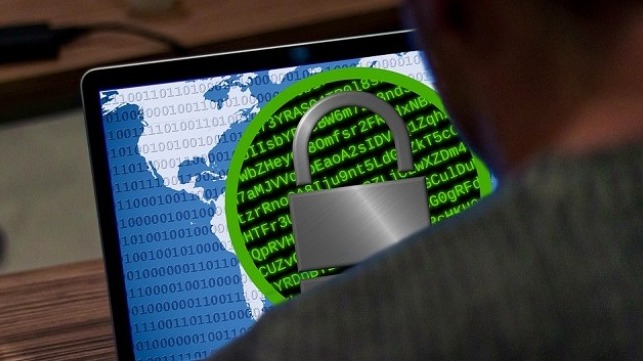 file photo
file photo
By Sameh K Rashed 2019-11-28 18:06:46
The shipping industry is the lifeblood of the worldwide economy. Through the global maritime community, vessels and port facilities are highly dependent on sophisticated technologies, and vessels are increasingly using systems that depending on digitization, digitalization, integration and automation. As technology continues to improve, operational technology onboard vessels are networked and more regularly linked to the internet.
This means that vessels are becoming complex and dependent upon the wide usage of digital communications technologies during their operating life – increasing the significance of addressing all potential hidden risks. The risk of cyber threats is at an all-time high.
As interconnectedness increases, along with the comprehensive utilization of the human element to achieve electronic data exchange and the integration of electronic navigation, so the likelihood and diversity of cyber-attacks grows in frequency and complexity. The development of any industry is in parallel with the development of crime technology.
The need for defense and security applications to mitigate the risk is more significant nowadays than ever. Guidelines to support secure cyber operations and contingency plans to be followed in a case of the cyber incidents have become essential.
However, even though there are great efforts exerted by maritime organizations towards the mitigation of the threats, the human element security culture is still in need of implementing more effort. The human element is the cornerstone in the successful mitigation processes and defense systems.
Dr. Capt. Sameh K Rashed is a lecturer at the Arab Academy for Science, Technology and Maritime Transport Maritime Postgraduate Institute -MPI.
The opinions expressed herein are the author’s and not necessarily those of The Maritime Executive.
source: www.maritime-executive.com


